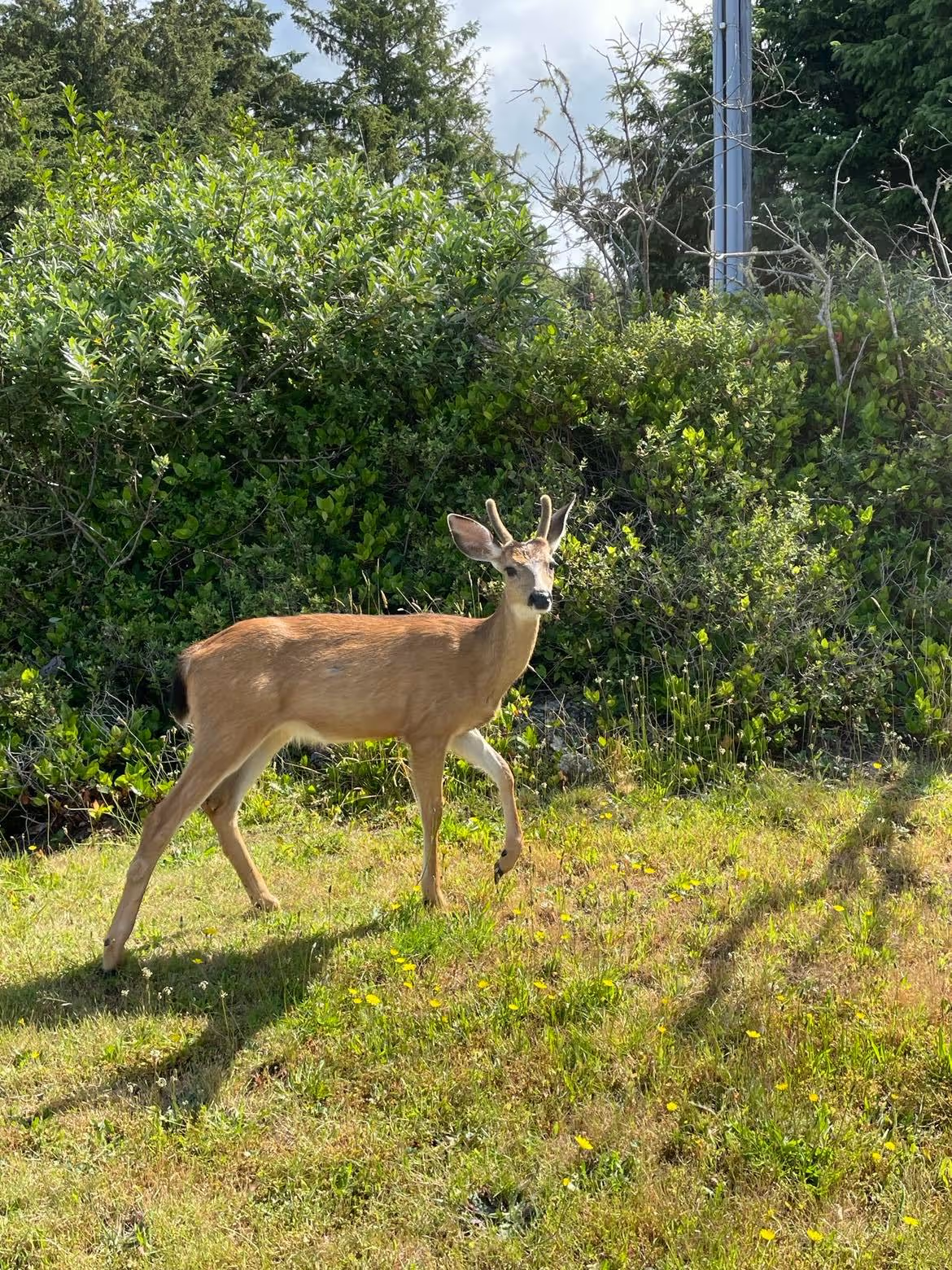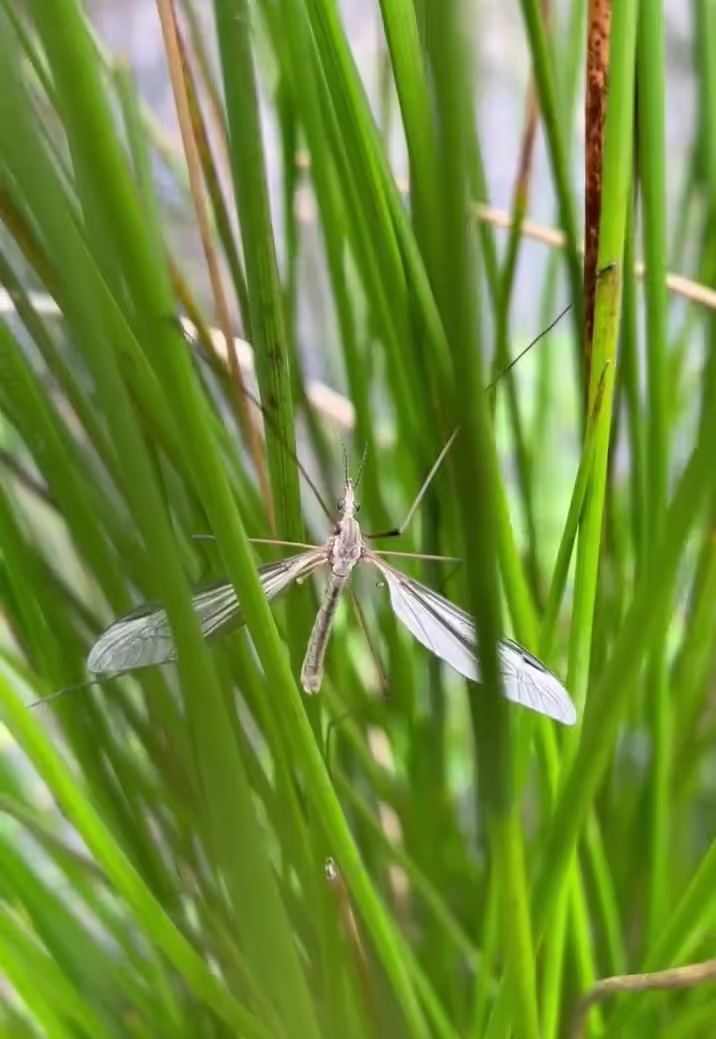Each Word has Meaning in the Language of Biodiversity


Jargon or not. What is in a word? Specialists often use discipline-specific jargon, but government officials, researchers and other specialized professionals have had some push back against their use of these highly specialized terms. The Center for Plain Language has advocated clear communications in many different disciplines for the past ten years and an article originally printed in The Atlantic (Clayton 2015) specifically targeted the “needless complexity” of academic writing. Much of the message in The Atlantic article, "The Needless Complexity of Academic Writing", is important, timely, and necessary. Some papers filled with jargon are boring and difficult to decipher even for specialists (but note that other papers using jargon are well written and engaging). Two items that came up in the article, however, need to be addressed, particularly as they relate to scientific research. First, the idea that scientists should write for an audience other than their peers neglects that fact that the target audience for scientific published works is composed of scientific peers. Second, the idea that scientists’ use of jargon is elitist, a ploy to exclude those outside of their specific discipline is rarely true. Perhaps some scientists do this, but most use very exact language for very exact purposes: to convey concise and accurate results from research and scholarship. Each word has meaning.
The language of biodiversity. Scientists estimate about 8.7 million species exist on Earth today. This robust and scientifically derived estimate means that over 80% of species have not been discovered or described scientifically. Even with new technologies such as DNA bar coding and full genome sequencing, the task of describing all these species is daunting for taxonomists and systematists, the researchers responsible for naming species and analyzing how they are related to each other. These researchers study the different classes of life and use the scientific jargon of Latin names and classification systems to communicate explicit information on specific classes (also called taxa). Perhaps some of you remember the classification system used by taxonomists to communicate information. Most of us learned this system in elementary school and again in middle school, high school, and some learned it again in college.
The classification progresses from the largest, most inclusive class (kingdom) to smallest and most specific class (species or, if applicable, subspecies). Each species has two names, a genus name and a species name (two names also called binomial). For example, black-tailed deer are called Odocoileus hemionus hemionus (Rafinesque, 1817). The scientific norm is to italicize genus and species names and to add the author and date published for the species. In this case, Rafinesque published the first description of the black-tailed deer a long time ago in 1817. Even this small amount of jargon tells a taxonomist a wealth of information such as where to look for the original description and where to look for related taxa by studying other species within the genus Odocoileus. Note that the two-name system, or binomial nomenclature, actually has a third name. This tells us that the black-tailed deer is a subspecies of the mule deer.
Use of common names versus jargon or scientific names. Problems emerge when common names are used for different species or when a single species has more than one common name. Take the example of daddy long legs. The common name has been applied to two types of arachnids (spiders and their relatives) and a type of fly, all of which have very long legs in relation to their bodies. One arachnid is called daddy long-legs, otherwise known as cellar spiders in the family Pholcidae. Another arachnid is not a spider; rather it belongs to the order Opiliones, and is called a daddy-longlegs. There is also a daddy longlegs fly that goes by other common names such as crane flies and mosquito hawks, all of which are flies in the superfamily Tipuloidea. Use of these common names may lead to confusing communications because they are misleading, whereas use of scientific names or nomenclature is clear for those in the discipline and who understand the terms.

Solutions. That is not to say that researchers and other specialized professionals don’t have room for improvement. Admittedly, an impenetrable realm of science and research exists, protected by obscure words and obtuse language. Those who inhabit this realm spend an immense amount of time and energy getting into it and then must use jargon to get published and thereby remain in the realm. The problem is that valuable research, particularly in biodiversity, is losing relevance in the world. This creates a real danger, creating an ever-increasing gap between public knowledge and the importance of biodiversity for humanity. So, how do we solve this conundrum? Scientists need discipline-specific jargon to communicate effectively, and they also need to effectively communicate with non-experts. But since they are typically very busy in their own work, sometimes translation between researchers or scientists and the public is performed by other professionals, such as museum curators and exhibit managers, who have the job of translating complex information and making it available for the public.
Why is this important? For example, how do we convey the importance of biodiversity for us all? Clearly, the estimated 8.7 million species seem like a lot of species. Even the approximately 1.2 million species that have been described seem like a lot of species. But here is what we miss when we do not know what we have on Earth in terms of biodiversity. We may miss knowing which species may be the next “miracle” drug such as aspirin and Taxol, both derived from plants. We may miss finding species that perform ecosystem services such as those that filter and clean sea water (Pacific oyster, Crassostrea gigas (Thunberg, 1793)) and stabilize coastal sand dunes (American dune grass, Leymus mollis (Trin. Plg.)). As Earth faces a new wave of species loss approaching levels seen during mass-extinction events (think end of the non-bird dinosaurs), now is the time for museums to translate the importance of biodiversity research to the public so that we can all work together to conserve ecosystems and preserve species before we lose lynch-pin species, those keystone species whose loss may unravel the food webs that sustain us.
References
Ceballos, G, Garcia, A., Ehrlich, P. 2022. The sixth extinction crisis: Loss of animal populations and species. Journal of Cosmology 8, 1821–1831.
Center for Plain Language. 2022. centerforplainlanguage.org/. (Last accessed August 21, 2022).
Clayton, V. 2015. The Needless Complexity of Academic Writing. The Atlantic, https://www.theatlantic.com/education/archive/2015/10/complex-academic-writing/412255/ (Last accessed August 21, 2022).
Gelhaus, J.K. and V. Podeniene. 2019. Tipuloidea in Merritt, R., Cummins, K. and Berg, M (eds) An Introduction to the Aquatic Insects of North America 5th Edition, Kendall Hunt Pub Co; 5th edition, Dubuque, Iowa, 1480 pp
Integrated Taxonomic Information System. 2022. itis.gov. (Last accessed August 21, 2022)
Pacific Oyster. 2022. https://www.fisheries.noaa.gov/species/pacific-oyster. (Last accessed August 21, 2022).
Sweetlove, L. 2011/ Number of species on Earth tagged at 8.7 million. Nature (2011). https://doi.org/10.1038/news.2011.498
© Barbara Hayford, August 2022
Touch whale bones, examine shipwreck artifacts and connect with the coast's living history.

Support our mission, get involved in educational programs, or contribute through donations and volunteering.